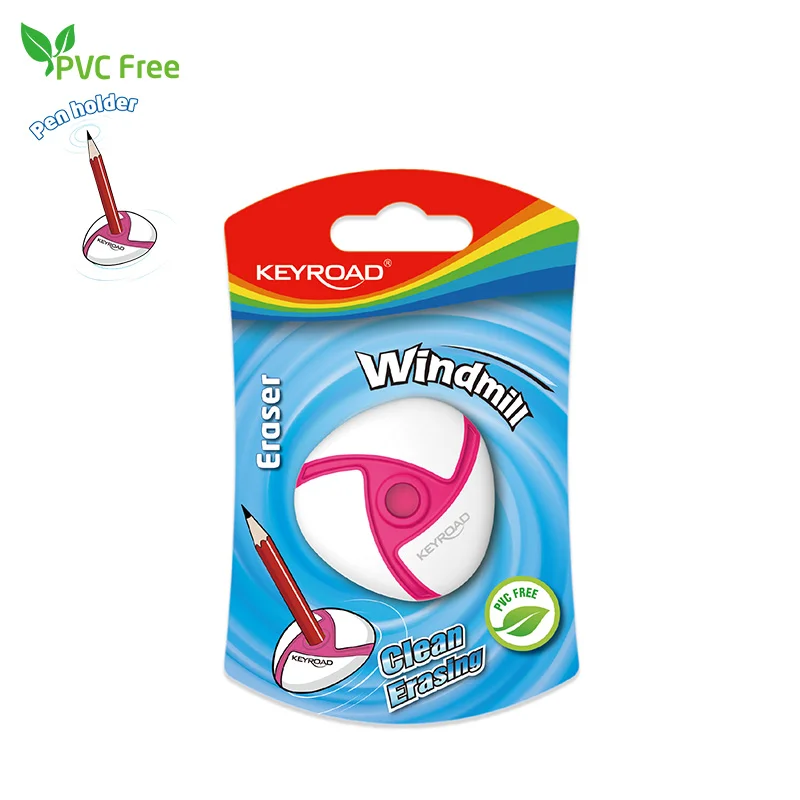As consumers, we encounter different types of goods every day. From the food we eat to the clothes we wear, each product has its own unique characteristics that determine its value and purpose. In this article, we will explore the three different types of goods and their significance in the market.
- Consumer Goods
Consumer goods are products that are purchased by individuals for personal use or consumption. These goods can be further classified into three categories: durable goods, non-durable goods, and services.
Durable goods are products that are expected to last for a long time, such as appliances, furniture, and electronics. Non-durable goods, on the other hand, are products that are consumed quickly and have a short lifespan, such as food, toiletries, and clothing. Services, meanwhile, are intangible products that are provided by businesses, such as healthcare, education, and transportation.
Consumer goods are essential to our daily lives and are a significant part of the economy. The demand for these goods is influenced by factors such as income, preferences, and trends.
- Capital Goods
Capital goods are products that are used to produce other goods and services. These goods are not meant for direct consumption but are instead used to enhance the production process. Examples of capital goods include machinery, equipment, and buildings.
Capital goods are crucial to the growth and development of businesses and industries. They are often expensive and require significant investment, but they can also increase productivity and efficiency in the long run.
- Intermediate Goods
Intermediate goods are products that are used in the production of other goods. These goods are not meant for final consumption but are instead used as raw materials or components in the production process. Examples of intermediate goods include steel, chemicals, and electronic components.
Intermediate goods are an essential part of the supply chain and are used in various industries, such as manufacturing, construction, and agriculture. The demand for these goods is influenced by factors such as the level of production and the availability of substitutes.
In conclusion, understanding the three different types of goods is crucial in analyzing the market and making informed decisions as consumers and businesses. Consumer goods, capital goods, and intermediate goods each serve a unique purpose and have their own set of characteristics that determine their value and significance. By understanding these goods, we can better navigate the market and make informed decisions that benefit us in the long run.



